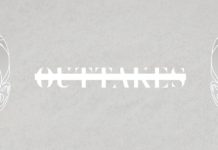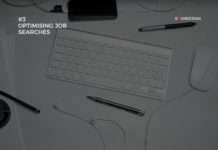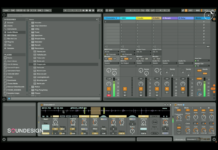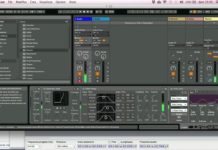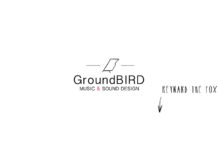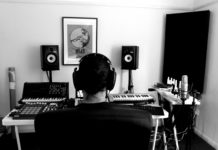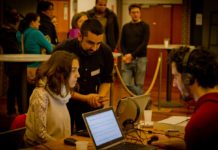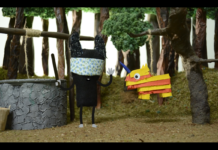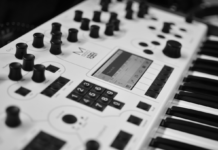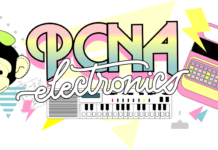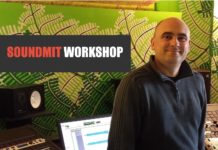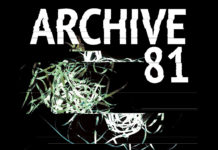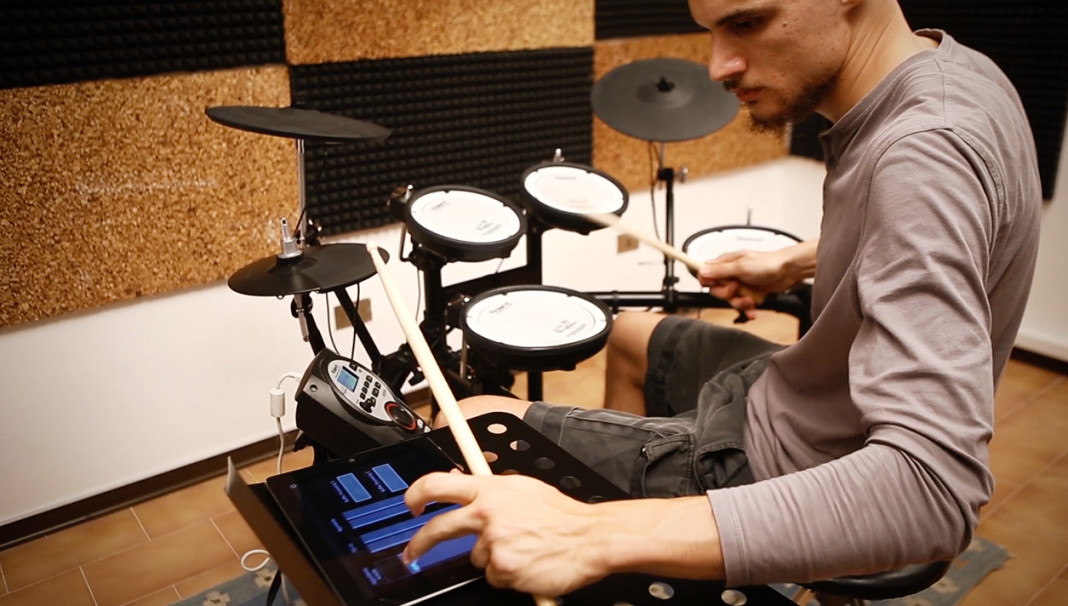Agumenta is the first version of an interactive musical software for rhythmical and percussive environments developed for a Bachelor Degree in Electronic Music. Recently called hyperinstruments, these new tools are here to stay.
Conceived as a research project by talented musician & student Alessandro Guerri, Agumenda made its first public performance with a four channels version in S.P.A.C.E, an ambisonic room at the Conservatory of Music G.Rossini (Italy).
Alessandro is a drummer and then built this hyperinstrument on top of two simple solutions: musical interface Roland TD-11 Kv and MaxMSPÂ custom software. The system’s features can be applied to all electronic percussion instruments which are able to transmit MIDI messages and audio signals, and to all the acoustic percussions through microphones and triggers. Could you ask for more?
“Once I have understood the best way to give a rhythmic behaviour to the software, the whole thing starts to makes sense: with the basic engine working well I could add all the processing techniques that I wanted,” said Alessandro.
Agumenta was inspired by the research of Robert Rowe and Todd Winkler, who proved some analogies between the development of an interactive software and different types of classic ensembles based on human activity. They showed that the typical improvisation mindset of a free jazz ensemble could be reproduced via the shaping of randomic algorithms.
the algorythmic complexity is the ratio between the number of instructions needed to create a sequence and the length of the created sequence.
Designed with minimalism and urgency in mind, the user interface of the software is composed of only one control fader, which is the sole responsible for managing the amount of algorithm activity.
“This choice was derived by the algorithmic complexity concept postulated by Musicologist and Professor Angelo Orcalli in his article Complexity and Non-linearity in the Contemporary Musical Thinking.”
Watch carefully the demo video of Alessandro performing in real-time with the system and focus on the last (and maybe best) part, when he is repeating the patterns of the drum.
“When you play drums for years and years you develop habits and muscles memory, you start to repeat yourself. Through technology, digital programming and the use of randomness you make your laptop able to think like a drummer who is not you, allowing it to create new patterns and rhythms. Now I can see Agumenta like a method that I used to beat up my personal way of drumming, trying to achieve new musical results and ideas.”
Future developments of Augmenta include the improvement of the user experience of the interface and the creation of generative algorithms in order to build parallel polyrhytmic patterns. But I guess that Alessandro is truly open to collaboration with other musicians in order to expand the project as much as he can.
Extra bonus
If you feel inspired about this project and need to see more interesting examples of experimentation with hyperinstruments and drumming, watch these incredible videos selected among the best comments on Create Digital Music:
Drumming is an Elastic Concept (2015)
TEDxMunich – Tod Machover (2011)
Andrè Duracell, Space Harrier in London (2006)
Drum Sound Experiment – Dynamic Granular Synthesis (2009)
- These two women will save the future of Sound Art with a web radio called Radio Papesse - June 20, 2016
- #SayItWithSound Contest: Sonify your World and Win - December 21, 2015
- Sound Technician at University of Greenwich - December 1, 2015





